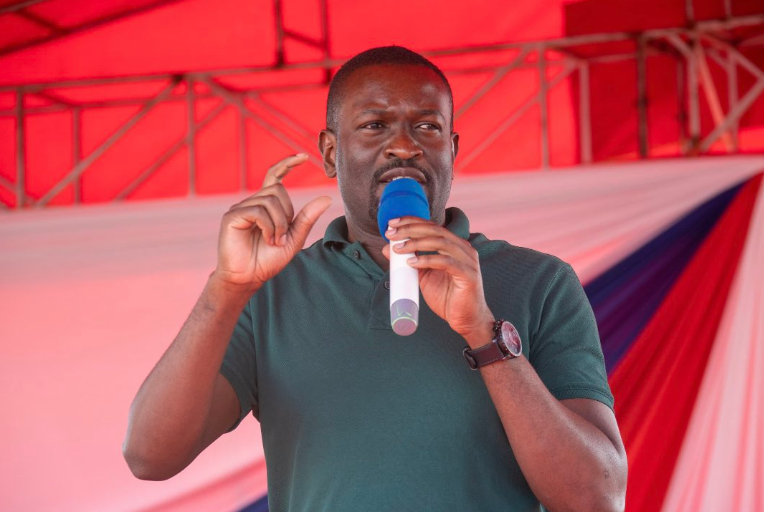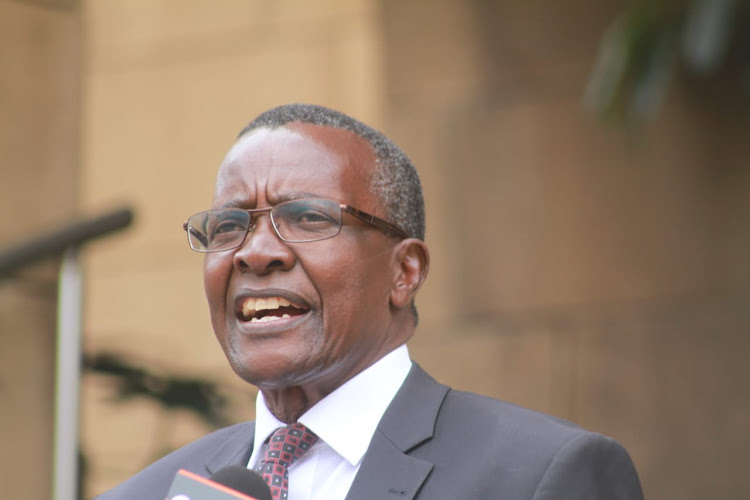Moi University: Changes in leadership not enough

Moi University has been a case study on how not to run an institution of higher learning. The former glorious institution has lost its shine due to a range of issues ranging from tribalism, theft, mismanagement and unpaid staff to frequent industrial action and unplanned expansion.
The university has accumulated Sh8.6 billion in debt while most of its campuses have been run down. It has been a heap of leadership wrangles that undermine its core mission — teaching and research.
What was a grand idea of setting up campuses across the country to expand higher education was hijacked by council members for self-aggrandisement, leaving most of them moribund.
Members of the council and management started competing and each wanted to have a university campus in their neighbourhood.
The university’s Odera Akang’o campus, for instance, was set up in Yala, next to Maseno University. The campus was later swallowed up by Maseno University. Moi’s satellite campuses in key cities did not bring any return on investment.
There was also the controversial decision by the university’s management to invest heavily in textile company Rivatex East Africa, a previously loss-making firm that was revived in 2018. The investment gobbled up millions but with little or no returns.
As one trade unionist put it, Moi University is the black sheep of Kenya’s public universities. “They do the opposite and cause suffering to lecturers and students.”
University staff have not been paid for months. After sitting on its arms for years, the government has moved in to address the governance crisis at the institution by appointing a new council after firing the previous one blamed for the mess.
Education Cabinet Secretary Julius Ogamba says the move was necessary to save the university from an abyss. He noted that the government had come up with a recovery strategy that would ensure the university did not fall back to its past leadership and governance crisis, which had affected academic programmes.
While we agree with the move, we caution that leadership changes may not be enough. There must be a clear, practical vision and implementation plan that demands accountability from the council and involvement of key stakeholders.












